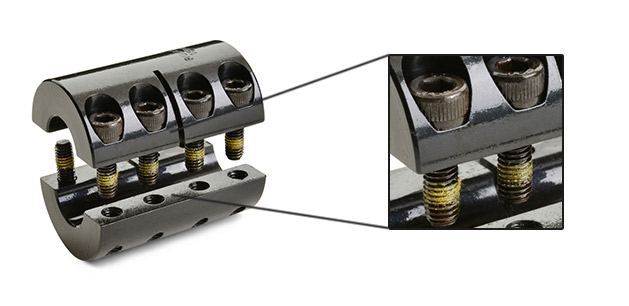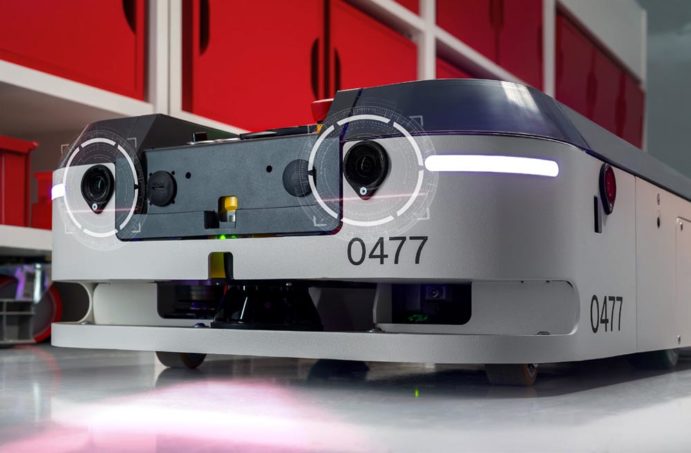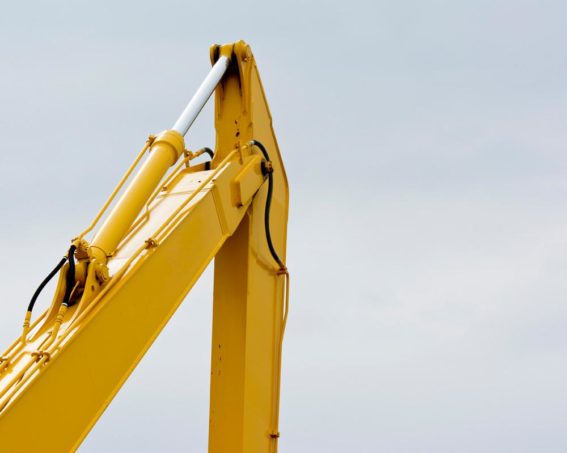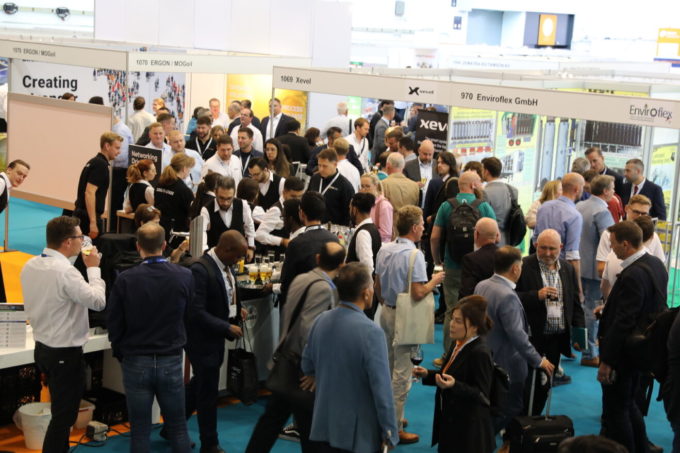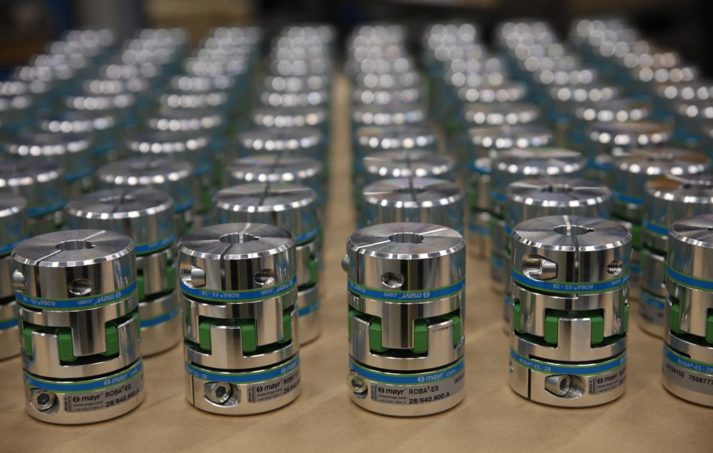Mechatronic Subassemblies for Factory Automation
Mechatronic Subassemblies for Factory Automation
Three trends to consider in 2021
Fully integrated mechatronic subassemblies provide versatile and cost-effective solutions for factory automation applications. These pre-engineered mechatronic subassemblies are an essential component of today's high-speed and high-precision automation. Cartesian robots provide simple, robust and readily available multi-axis motion. Utilizing complete solutions, including linear components, servo motors, controls and sensors, makes it easier and faster for machine builders to bring the overall complex manufacturing system for demanding industries to market.
Industry Trends in Machine Building
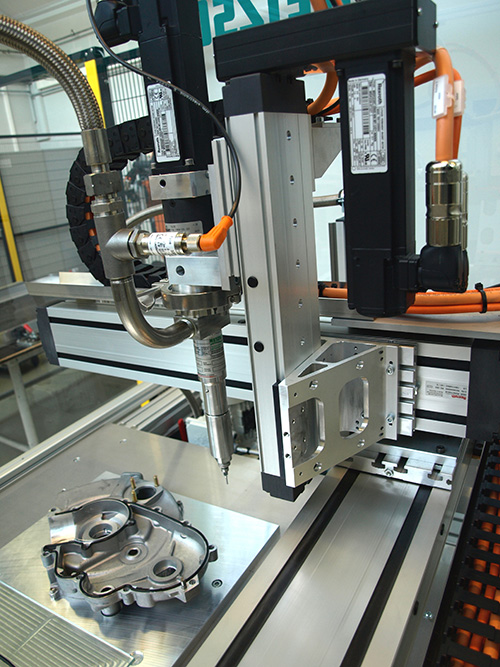
Constant pressure to improve both the cost-efficiency and the flexibility of the machines they build and use is driving increasing numbers of original equipment manufacturers (OEMs) and end-users to seek suppliers that can deliver integrated solutions versus committing their own resources to engineer and develop solutions. There are several key industry factors driving this movement.
- OEMs and end-users are focusing on core competencies: OEMs that build highly specialized machines realize the value of concentrating engineering resources on optimizing the performance of their machines' core functions. This makes it more attractive to outsource the creation of the machines' subsidiary motion functions to suppliers with proven expertise in these areas.
- Integration of control and mechanical functions: Machine builders and users alike are recognizing the benefits of approaching motion technologies as a single discipline. Adopting a method that combines multiple technologies into complete subassembly solutions delivers economies of scale and design advantages.
- Next-generation engineers: Recent engineering graduates may be more inclined towards the use of integrated subassemblies compared to their predecessors due to engineering roles becoming more demanding in ever-increasingly lean-running companies.
- Retrofitting existing production lines: To meet the demand for customization and Industry 4.0 capabilities, manufacturers are retrofitting existing production lines. Using subassemblies equipped with open engineering control interfaces that can communicate with existing systems, regardless of programming language, makes it easier to facilitate these transitions.
- Supplier consolidation: Rather than relying on multitudes of suppliers, engineering staff and purchasing agents are seeking one source to engineer, integrate and supply as many components as possible into complete solutions.
- Globalization of the end-user: Global supply chain dispersal causes many manufacturers to require OEMs to support their products, from engineering through delivery and long-term maintenance, in locations throughout the globe.
Applications for Subassemblies
In many applications, ready-to-use subassemblies built from standard equipment can readily meet customer requirements; in some instances, however, these subassemblies may require custom engineering to address special or unique specifications. With either scenario, there are advantages to working with a single-source supplier that can provide a more complete solution.
Ready-to-use systems with standard linear modules and preconfigured control function blocks can be suitable for applications such as material transport between production lines. Common uses include pick-and-place machines, automated storage and retrieval, palletizing and tool handling for machining operations.
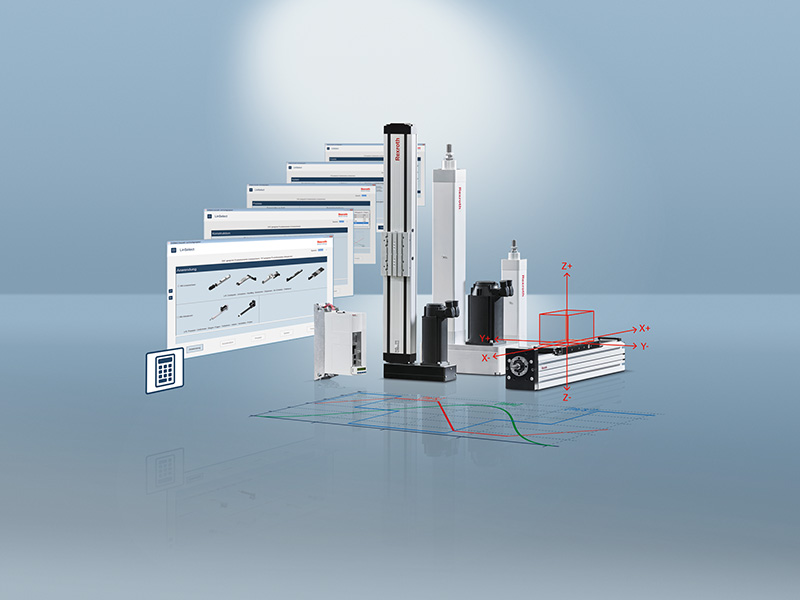
For more intricate and unique projects, custom-engineered subassemblies solve challenges associated with precision motion profiles, tooling accuracy and vibration elimination in complex manufacturing systems. For example, in the semiconductor manufacturing industry, Bosch Rexroth developed a wafer-lift subassembly designed for ultra-smooth motion when transitioning delicate semiconductor wafers between process points. Our engineers created a cost-optimized subassembly design using Rexroth ball screws and servo motors that integrated into the existing machine envelope. This subassembly solution reliably exceeded the five million cycles target while providing a 30% cost reduction versus an OEM in-house version.
In another application, our team designed a linear transport subassembly to move laboratory samples within a medical diagnostic tool. This compact subassembly required precise engineering to fit within the existing machine envelope. The result was a cost-effective design which enabled the machine builder to concentrate valuable engineering resources on its core competencies.
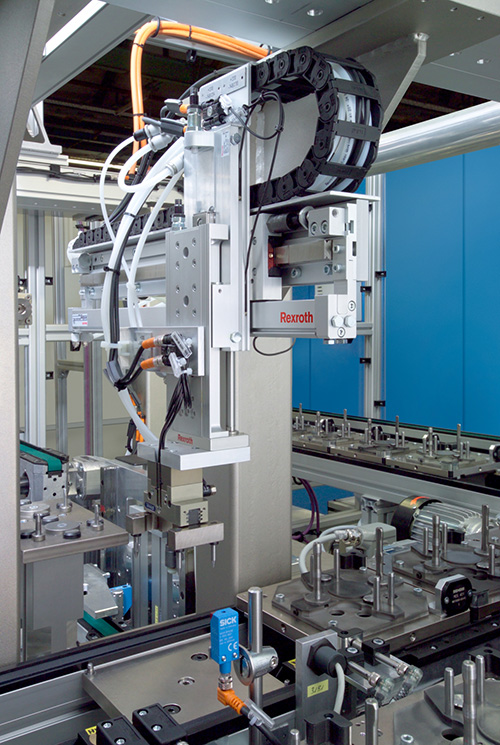
Key Factors in Subassembly Selection
Efficiency, reliability and long-term maintainability depend on component performance and supplier engineering competency. Selecting the right supplier calls for a full understanding of that company's capabilities, including the requisite portfolio of motion products, as well as the supplier's engineering resources, experience and manufacturing capabilities.
A supplier's strength in motion subassemblies represents more than just proven products integrated into thousands of installations worldwide. The coupling of premium products with advanced engineering expertise is critical to success. This engineering expertise includes a thorough knowledge of design requirements for use in sizing, selecting and integrating appropriate motion components joined with extensive experience in programming motion control systems.
To take full advantage of the versatility and cost-savings that subassemblies offer, it is important to consider certain design factors when working with a supplier.
One should always look at the mechanics first before forging ahead with the electrical and controls design. Trying to specify electrical components before the mechanics can lead to wasted time and potential rework. Parameters such as motor inertia and torque are influenced by the system's mechanical components. Factors for load, orientation, speed, travel, precision, operating environment and duty cycle are most critical. Deviating from this process can result in the selection of unnecessarily large or expensive mechanical systems. For example, if the OEM or end-user forces a design to accommodate a specific motor without considering these criteria, larger mechanical components may be required to handle the motor torque or inertia than those actually needed for the application.
One should also consider the motion controller and drives so they align with the characteristics of a specific linear module. The motion controller and drive parameters need to have correct, safe torque and end-of-stroke limits programmed to ensure that the linear module does not overshoot its limits and crash. Likewise, if a ball screw-driven module can achieve 0.010 mm in position repeatability, the encoder must meet or exceed this specification; otherwise, you will not be able to take full advantage of the ball screw precision.
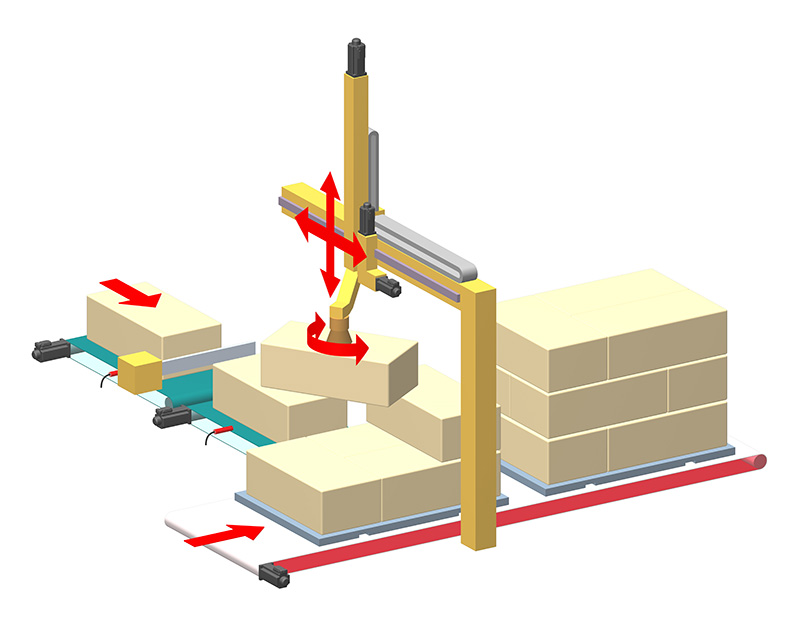
An oversized motor could potentially exceed the module's torque limit, causing mechanical failure or inertia and settling issues. Unpredictable settling can be a particular problem in precision applications. Excessive motor inertia compared to the module may result in difficulty achieving the desired position, resulting in longer overall cycle times than required. Particularly in precise applications, it is imperative to size the mechanical and electrical components together to achieve an ideal one-to-one inertia ratio or as close as possible to this ratio. Minimum power consumption is also important for customers who are looking to reduce the overall environmental impact.
Similarly, selecting linear modules based on inaccurately overestimated performance criteria can lead to a system that is more complex and expensive than necessary. The ideal supplier will offer a range of appropriate mechanical drive options to meet the performance criteria, including ball screw, toothed belt or linear motor drives, for example. It is also important to ensure that the supplier's electrical and mechanical engineers clearly understand and communicate all the established parameters for the performance of each linear module.
Working with Suppliers
To ensure that motion subassemblies satisfy the given project requirements, it is critical to work with a supplier that can test the operation with state-of-the-art production equipment and quality processes. Key capabilities to evaluate here include:
- Product qualification plans that feature documented controls related to manufacturing
- Standardized Supplier Quality Assessment (SSQA) programs that include complete enterprise audits
- Reliability testing
- Precision measurement capabilities, including laser inspection of finished subassemblies if needed
- Major industry certifications, including ISO 9001, ISO 14001 and ISO 18001
Finally, besides product portfolio and manufacturing capabilities, it is also important to consider the supplier's global and local resources for collaborative engineering, project management and support. Meeting these important criteria is crucial for a subassembly supplier looking to join forces with customers in the development of mechatronic solutions that satisfy performance, manufacturing and cost-savings requirements.
www.BoschRexroth-US.com